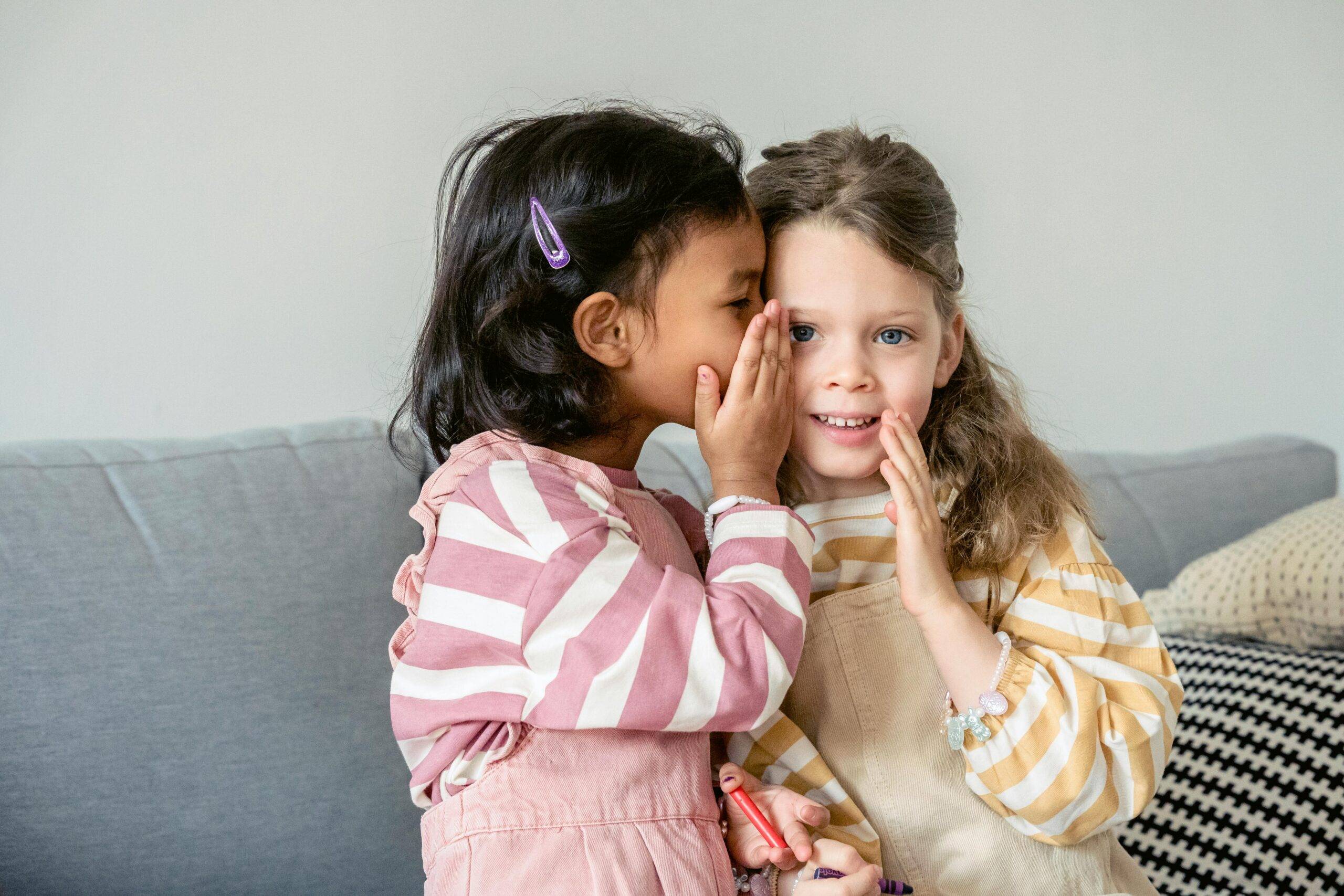Sleep is a powerful tool for both children and parents. It fuels your child’s growth, learning, and mood—and helps you stay sane, too. But let’s be honest: getting kids to sleep well isn’t always easy. That’s where a child’s sleep chart comes in. It’s a simple way to understand how much your child needs at each stage and how to build healthy habits around it.

This guide will walk you through
- How much sleep kids need by age
- Smart tips for creating better sleep routines
- Common sleep challenges and when to ask for help
Let’s dive in and help your family rest easier.
Why Sleep Matters for Children
Sleep isn’t just quiet time—it’s power time for your child’s growing body and developing brain. While they rest, a lot is going on under the surface that directly impacts how they grow, learn, and behave.
🧠 Brain Boost
Your child’s brain is busy while resting! During deep sleep and REM (rapid eye movement) stages, the brain processes everything your child learned during the day. This supports:
- Better memory
- Improved attention span
- Sharper problem-solving skills
That’s why good sleep is just as important as good nutrition when it comes to school success.

📏 Growth and Development
Sleep is when real growth happens. During the deepest stages, the body produces growth hormone, which helps children:
- Build strong bones and muscles
- Repair cells
- Maintain a healthy immune system
Skipping or not getting enough deep rest can slow down physical development.
😊 Mood and Behavior
Ever noticed how a tired child becomes extra cranky or wild? That’s no coincidence. Lack of sleep can lead to
- More tantrums
- Trouble managing emotions
- Hyperactivity or irritability
- Difficulty getting along with others
On the flip side, a well-rested child is more likely to be calm, focused, and emotionally balanced. Simply put, sleep helps your child feel and behave their best. Whether your child is a newborn or a preteen, making sleep a priority supports their overall well-being—today and in the future.
Understanding Sleep Needs by Age (Child Sleep Chart)
Every child is different, but these guidelines from the American Academy of Pediatrics (AAP) and the CDC can help you know what’s typical.
🍼 Newborns (0–3 Months)
- Total Sleep: 14–17 hours per day
- Naps: Frequent, short naps throughout the day and night
- Note: Newborns don’t have a schedule yet. They often wake to eat.
👶 Infants (4–11 Months)
- Total Sleep: 12–16 hours per day (including naps)
Naps: 2–3 per day - Tip: Start creating a calming bedtime routine now.
🚼 Toddlers (1–2 Years)
- Total Sleep: 11–14 hours per day (including naps)
- Naps: Usually 1–2 per day
- Note: Many toddlers drop to one nap around 18 months.
🧒 Preschoolers (3–5 Years)
- Total Sleep: 10–13 hours per day (including naps)
- Naps: Most drop naps by age 5
- Tip: Keep bedtime consistent—even on weekends.
🧑 School-Aged Children (6–13 Years)
- Total Sleep: 9–12 hours per night
- Naps: Usually no longer needed
- Note: Sleep needs may vary with growth spurts and activity levels.
Remember, these are general guidelines. Some kids may need a bit more or less rest than in the list.
Establishing Healthy Sleep Habits
Helping your child sleep well takes time and consistency. Here are some proven strategies:
🛁 1. Create a Consistent Bedtime Routine
A predictable routine signals your child that it’s time to wind down. This might include:
- A warm bath
- Reading a story
- Gentle music or lullabies
Aim to start the routine at the same time each night.
🛏️ 2. Make the Bedroom Sleep-Friendly
Set up an environment that encourages sleep:
- Temperature: Keep the room cool and comfortable.
- Lighting: Use blackout curtains or a nightlight if needed.
- Noise: White noise machines can help block out household sounds.
👀 3. Recognize Sleep Cues
Watch for signs that your child is getting tired:
- Rubbing eyes
- Yawning
- Fussiness or irritability
Putting your child to bed at the first signs of sleepiness can prevent overtiredness.
💤 4. Manage Naps Wisely
- Infants: Need multiple naps throughout the day.
- Toddlers: Usually take one nap in the afternoon.
- Preschoolers: May still nap, but many stop by age 5.
Avoid letting naps run too late in the day, as this can interfere with nighttime sleep.
🧸 5. Encourage Independent Sleep
One of the most valuable skills you can teach your child is how to fall asleep on their own. When kids can self-soothe and drift off without help, bedtime becomes easier—and night wakings often decrease. Here’s how to gently encourage:
🛏️ Put Your Child to Bed Drowsy, But Awake
Letting your child fall asleep in their bed—not in your arms—helps them learn to associate their bed with sleep. Over time, they’ll feel more comfortable falling asleep without needing extra help.
🐻 Offer a Comfort Object
A soft stuffed animal, blanket, or “lovey” provides comfort and security during the night. Ensure the object is safe, especially for babies under 1 year old (no loose items in the crib).
🔁 Stick to a Consistent Routine
Children thrive on predictability. Use the same bedtime routine every night, and respond to nighttime wakings in a calm and consistent way. Even if it takes time, your child will learn that they can fall asleep on their own—and you’ll all sleep better because of it.
😵 Common Sleep Struggles
Even with the perfect bedtime setup, many parents still run into common nighttime challenges. The good news? These struggles are normal—and with a few smart strategies, they can be managed.
🌙 Night Waking
Waking during the night is especially common in babies and toddlers. In many cases, your little one just wants some comfort—or a snack.
Why it happens:
- Hunger (especially for infants)
- Wet diaper
- Feeling cold or hot
- Seeking comfort or reassurance
Tip: Slowly help your child learn to fall back asleep independently. You might try waiting a few minutes before responding or gently reassuring them without picking them up. Using calm, consistent responses teaches them that nighttime is for sleeping.
🕰️ Bedtime Resistance
Suddenly, your toddler needs three glasses of water, a Band-Aid for an invisible boo-boo, and another story. Sound familiar? This “stalling” stage is common between ages 2 and 4.
Why it happens:
- Testing boundaries
- Fear of missing out (FOMO)
- Overstimulation before bed
Solution: Stick to a structured bedtime routine. Offer simple choices to empower your child:
“Do you want the lion pajamas or the dinosaur ones?”
“Should we read Goodnight Moon or The Very Hungry Caterpillar?”
These little decisions give them control while still guiding the evening forward.
👻 Nightmares
Bad dreams can feel very real to kids, especially at 3-7 years old. They might wake up scared, cry, or call for you.
Why it happens:
- Developing imagination
- Watching something scary
- Stress or change (new school, new sibling)
What to do:
- Comfort and reassure them.
- Keep the lights low and your voice calm.
- Avoid discussing the nightmare in detail right before bed.
Helpful tip: Try a “bedtime worry box” where your child can write or draw their fears and “put them away” for the night. It creates emotional safety and routine. These simple, loving strategies can make a difference. If sleep disruptions become frequent or intense, reach out to a pediatrician. You’re not alone in this!
🩺 When to Consult a Pediatrician
Sometimes, even the best sleep routines aren’t enough. If your child continues to struggle despite your efforts, it could be time to talk to a pediatrician. Certain symptoms may point to an underlying issue that needs professional evaluation.
😴 Snoring or Breathing Issues
Loud snoring, gasping for air, or noticeable pauses in breathing during sleep aren’t normal in kids. These signs could point to pediatric sleep apnea, a condition that interferes with deep, restful sleep.
Why it matters: Sleep apnea can lead to
- Daytime fatigue
- Poor focus or memory
- Behavioral issues or hyperactivity
If your child snores regularly or seems unusually tired during the day, it’s worth discussing with your doctor.
🔁 Persistent Sleep Problems
Does your child:
- Take more than 30 minutes to fall asleep?
- Wake up multiple times during the night?
- Struggle to wake up in the morning or seem tired all day?
If these patterns last longer than a few weeks, a medical evaluation is a smart next step. Your pediatrician can rule out insomnia, anxiety, or restless leg syndrome and offer personalized guidance.
🔄 Behavioral Changes Linked to Poor Sleep
Lack of quality sleep can sometimes look like ADHD. Children may:
- Be hyperactive
- Have trouble focusing
- Struggle with mood swings or irritability
If your child’s behavior suddenly changes, especially alongside sleep difficulties, bring it up at your next pediatric visit.
Restful Nights Start With Smart Sleep Habits
Establishing healthy sleep habits for your child may feel overwhelming at times—but you’re not alone, and you’re definitely not powerless. With the right knowledge, a solid routine, and a little patience, restful nights are within reach.
Using a child sleep chart as your roadmap can help you set realistic, age-appropriate expectations for sleep and build a bedtime routine that works for your unique family. From newborn naps to tween sleep schedules, understanding what your child needs is the first step toward happier bedtimes and healthier mornings.
Consistency is key. Stick to your routine, adjust as your child grows, and don’t be afraid to ask for help when needed. If sleep issues persist or you notice signs of a deeper problem, consult your pediatrician—they’re there to support your child’s health, including their sleep.
Better sleep leads to better days—for your child and for you.
💤 Looking for more expert advice? Check out Omega Pediatrics for parent-tested sleep tips and pediatric care designed around your family’s schedule.




